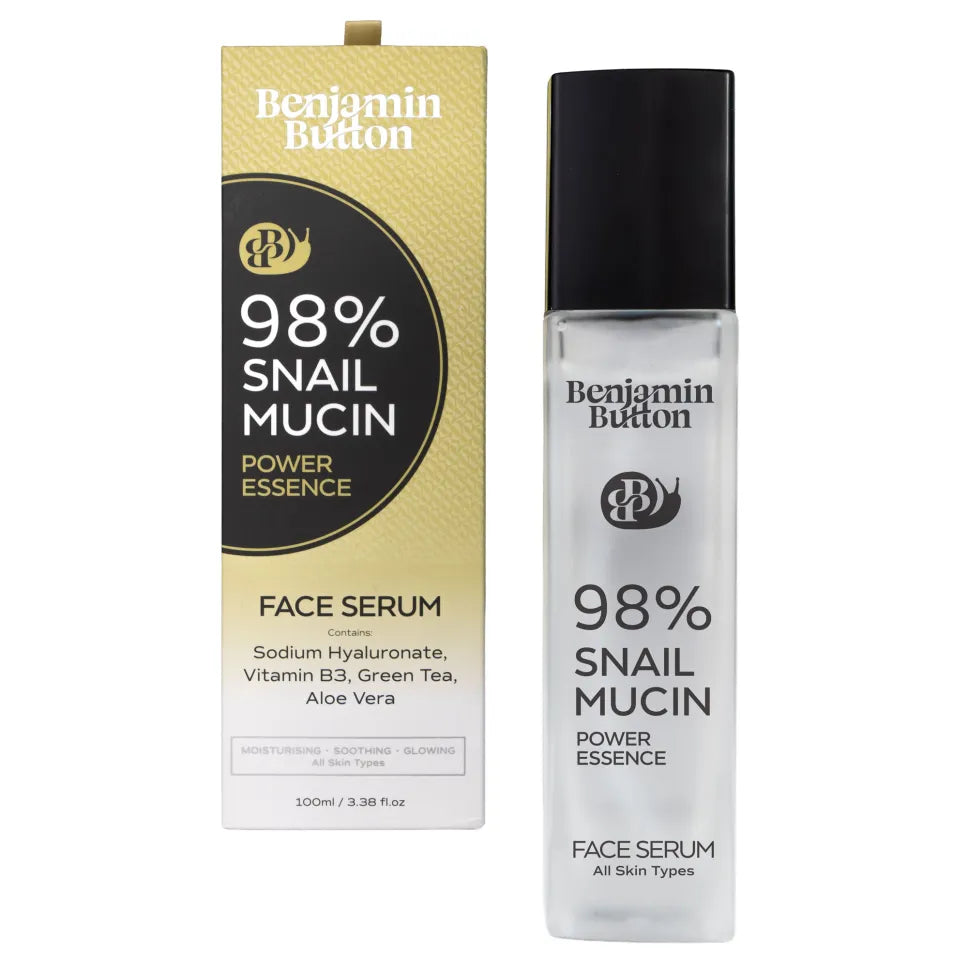Master First Sentences: Unlocking Non-Fiction Writing Creativity
The first sentence of your non-fiction piece is crucial; it’s your chance to make a lasting impression. A compelling opening can spark interest, create curiosity, and inspire your readers to delve deeper into the content. Here’s how to master the art of first sentences while unlocking your creativity.Three Major Benefits of Crafting Strong First Sentences
Creating impactful first sentences yields significant advantages for any writer:- Engagement: A powerful first sentence captures attention immediately, drawing readers in and encouraging them to continue exploring your narrative.
- Clarity: The opening line sets the tone, giving readers insight into the primary topic and the direction of your argument or narrative.
- Inspiration: A stimulating first sentence often ignites creativity, prompting you to think expansively about your ideas and how to articulate them compellingly.
Does it Work for its Intended Purpose?
Absolutely, a well-crafted first sentence is designed not merely to introduce the topic but to engage and resonate with the reader on a deeper level. Research indicates that readers often decide within seconds whether to read on or abandon the text. For example, notable non-fiction works such as 'Sapiens: A Brief History of Humankind' by Yuval Noah Harari begin with a sentence that intriguingly beckons readers to reflect on humanity’s journey, prompting them to engage with complex ideas about history and evolution. Studies show that connecting emotionally through your opening lines significantly improves the likelihood of retaining reader interest. Not to mention, memorable first sentences are frequently quoted and referenced, establishing a lasting connection between writer and audience.Preparation Before Writing
Before diving into writing your first sentence, certain preparatory steps can enhance clarity and impact:- Research: Understanding your subject matter thoroughly is essential. This enables you to present compelling facts or anecdotes that challenge or intrigue your readers.
- Cleansing: Clear your mind of distractions. Consider writing in a quiet environment or during times when you're most creative to enable deeper focus.
- Patch Testing: Craft several versions of your first sentence. Experiment with different styles until you find the one that resonates best with your overall message.
Three Practical Tips for Crafting Effective First Sentences
Here are a few actionable tips to enhance your writing process:- Start with a Question: Engaging readers directly by posing a thought-provoking question can be a powerful way to pull them into your narrative.
- Use a Vivid Image: Painting a picture with your words can stimulate imagination and resonate emotionally. Descriptive language may help place your readers in the scene or situation.
- Incorporate a Shocking Fact: Beginning with an eyebrow-raising statistic can grab attention and lay the groundwork for the subject’s importance.
Insights from Real Customer Reviews
When considering the effectiveness of first sentences in non-fiction writing, it is valuable to look at the feedback from readers and writers. Many reviews on platforms such as Goodreads and Amazon reiterate how much a strong introduction can influence their reading experience:- Readers often highlight how a captivating first sentence made them eager to continue, turning pages excitedly to uncover further insights.
- Writers share that crafting their first sentence is often the most challenging yet enjoyable part of their writing journey, leading to creative breakthroughs.
- Many have found that a meticulously revised first sentence can elevate the overall quality of their writing, demonstrating the impact of thoughtful revisions.
Potential Reactions and Who Should Avoid Distractions
While crafting a first sentence is an exciting and artistic process, certain reactions may arise. Writers can sometimes experience:- Irritation: Frustration from struggling to find the right words can lead to writer's block.
- Overthinking: A strong desire to perfect the opening can stall progress on the rest of the piece.
Three Competing Approaches: Crafting First Sentences
Many writers adopt differing techniques to develop their first sentences. Here are three noteworthy methods for comparison:- Fact-based approach: This method prioritises a hard-hitting statistic or truth to appeal to logical thinkers. Highly analytical readers will find this technique appealing as it reflects objective reality.
- Personal narrative: Here, writers share a personal anecdote or experience that opens up a broader societal conversation. This approach fosters empathy and connection.
- Direct appeal: A straightforward declaration or summary of the article’s focus can get readers invested straight away, especially in instructional or educational content.
Mastering the skill of crafting powerful first sentences doesn’t happen overnight; it takes practice and dedication. Through thoughtful preparation, engagement techniques, and recognising your audience, you can unlock your creative potential and craft openings that resonate while compelling readers to turn the page. Before you know it, you will transform your drafts into gripping narratives that capture and hold attention!





















